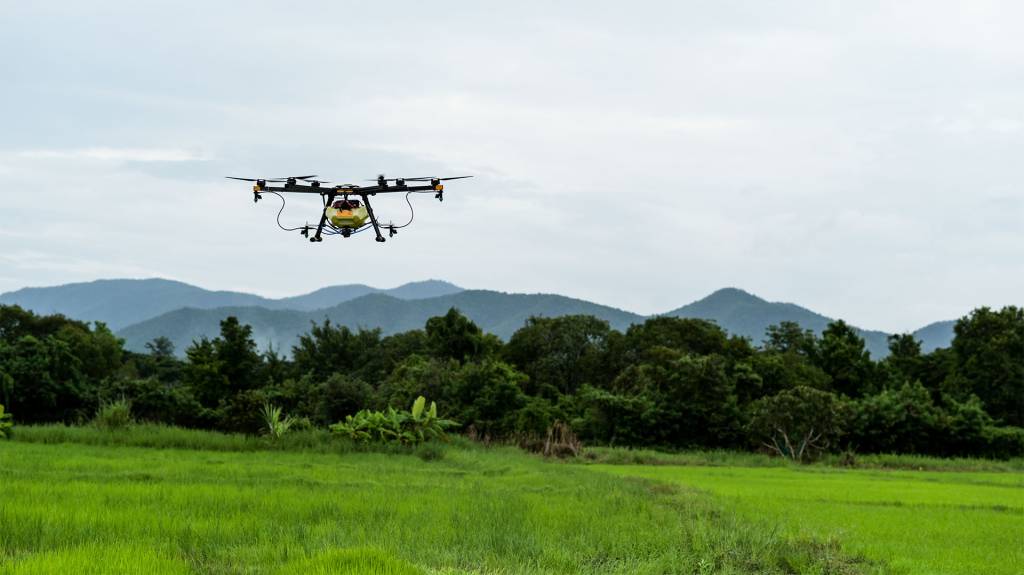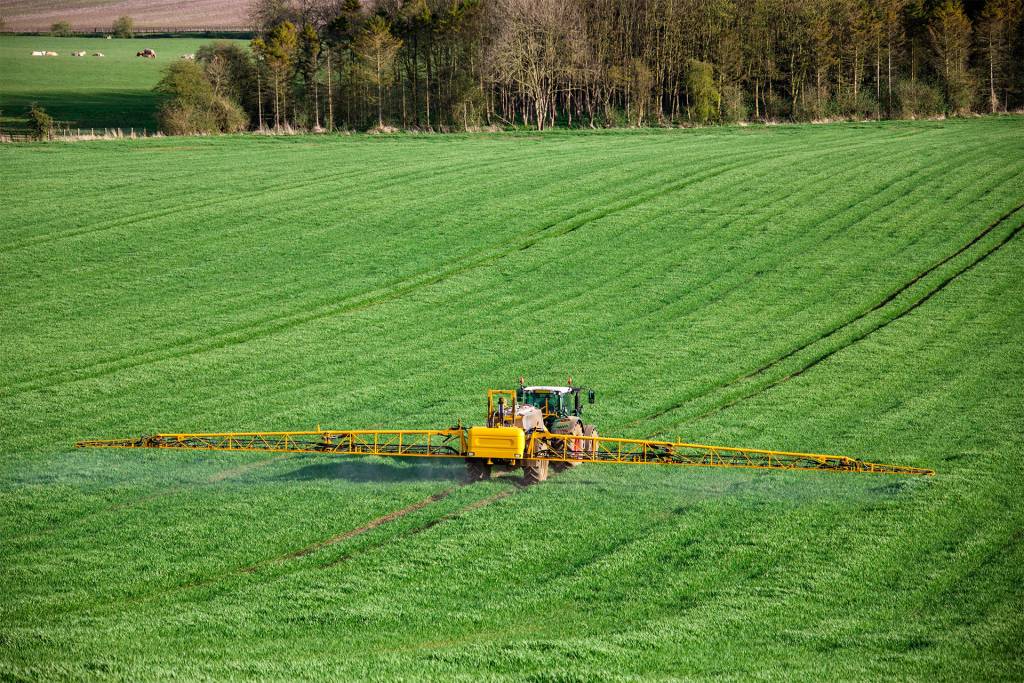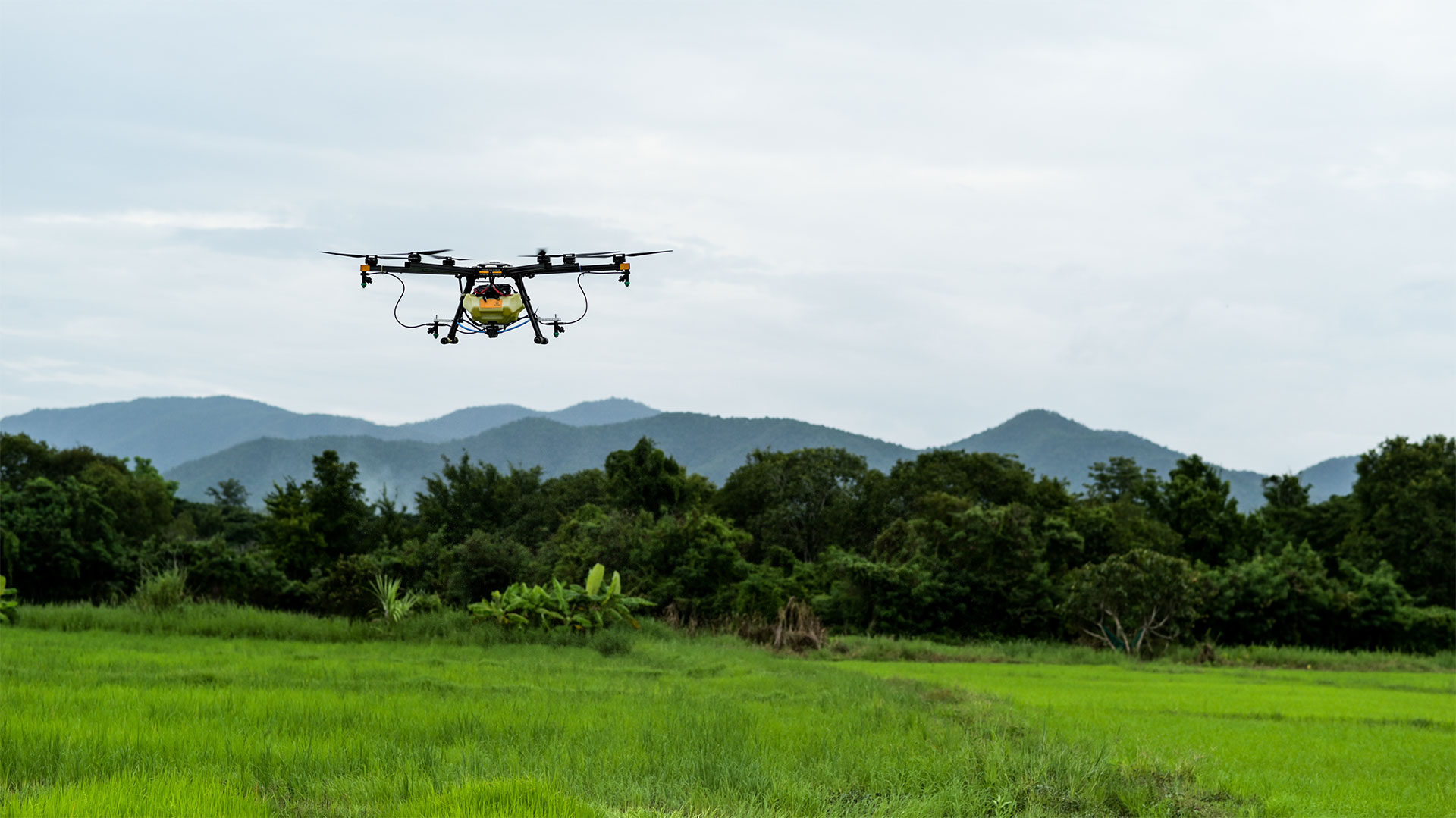This thematic line aims to develop and foster the adoption of the digitalization in agriculture (big data, internet of things, augmented reality, robotics, sensors, 3D printing, system integration, ubiquitous connectivity, artificial intelligence, digital twins, and blockchain among others), describing the main short and long-term actions to help close the gap between Portugal and the leading countries, and enhance the horticulture production chain, where Portugal has obvious and recognized opportunities to succeed, and thus moving to the recent adopted concept of Agriculture 4.0, which will cover the whole value chain. Giving the available knowledge and the socio-economic conditions of our producers, the technological development must adapt to the reality of this agriculture sector, which is keen to gradually adopt more technological and affordable techniques. However, it is necessary that multidisciplinary teams of engineers and experts on agriculture act together to embrace this challenge, set by the political policies.
The availability and the need to fine tuning for the horticulture sector (with high specificities compared to other agriculture sectors- intensive and short-season crops), of high technological smart sensors (at soil and particularly at plant levels to monitor on-line responses to inputs), including those airborne by drones such as hyperspectral and thermal image sensors, in the near future connected to 5G technology under the paradigm of IoT (Internet of Things ), IoE (Internet of Everything), Big Data and Artificial Intelligence, will determine a step forward on the correlation and better understanding of environmental conditions and crop yield, which hardly had been used in Portugal, directed to ascertain the best and on-time interventions to mitigate the climate changes, fine-tune the consumption of resources in the management of production systems, at the micro and macro-scale.


The dissemination and popularity of the IoT and IoE concepts, and the subsequent development of consumer electronics at level of techniques (micromachining, MEMS, SoC, FPGAs), green technologies (low-power consumptions, zero-configuration) at low-cost, such as smart sensors (autonomous) and the Low-power Ad-hoc Wireless Sensors Network (distributed or cloud based) (Miranda et al. 2014), which supports a high scalability degree, fit well on the implementation of precision agriculture.
Problems addressed; Actions; Public instruments; Dimensions; Impact



